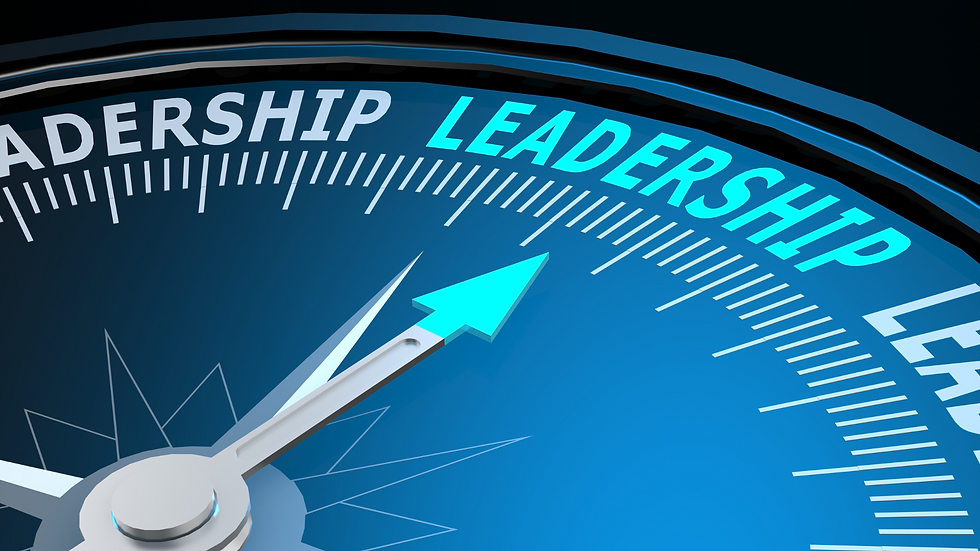Optimizing Team Performance for Lasting Growth and Impact
- AstutEdge Resource Center
- Dec 24, 2024
- 4 min read
Updated: Jan 1
In today’s rapidly evolving business landscape, optimizing team performance is essential for driving productivity, fostering innovation, and sustaining long-term success. High-performing teams don’t just happen—they result from deliberate efforts to enhance both personal and collective development. This blog explores how investing in leadership development, employee development training, and team management skills creates lasting impact by optimizing team performance.
What Does It Mean to Optimize Team Performance?
Optimizing team performance means creating an environment where individuals and teams work together effectively to achieve common goals. This process involves cultivating high levels of collaboration, trust, and communication while building individual capabilities.
Leadership development is central to this process. Strong leaders align team efforts with organizational objectives, empower team members, and foster a culture of continuous improvement. Companies that invest in leadership development create environments where teams consistently perform at their best.
Personal Development: The Foundation of Team Success
Individual growth fuels team performance. When employees are encouraged to enhance their skills and broaden their knowledge, they bring fresh perspectives and improved capabilities to the team. Employee development training programs ensure that team members remain engaged, motivated, and ready to tackle new challenges.
Soft skills like communication, conflict resolution, and leadership are critical. As employees strengthen these skills, they become better equipped to contribute meaningfully, take initiative, and collaborate more effectively—key components of a high-performing team.
Additionally, personalized development plans that align individual goals with team objectives create a clear path for professional growth. This integration ensures that employees remain motivated and committed to team success.
Collective Development: Building Strong Team Dynamics
While personal development strengthens individuals, collective development ensures that teams function as cohesive units. Team-building exercises, trust-building activities, and conflict resolution workshops enhance communication and collaboration.
Learning and development strategies tailored to team dynamics enable members to exchange ideas, work together on complex problems, and adapt quickly to changing conditions. Companies that prioritize collective development build teams capable of achieving sustained success through shared commitment and mutual support.
Cross-functional training programs further enhance collaboration by fostering an understanding of different roles within the organization. This broader perspective encourages team members to work cohesively, even in dynamic environments.
The Power of Combined Personal and Team Growth
The true power of optimizing team performance lies in blending personal and collective development. Successful teams align individual strengths with team goals, creating a synergy that amplifies productivity.
Talent management strategies play a vital role here. When organizations place the right people with the right skills in the right roles, they maximize individual contributions while fostering seamless collaboration. This integrated approach drives long-term success and adaptability.
Encouraging ongoing mentorship programs and peer-to-peer learning also strengthens team bonds, creating a culture of continuous development and shared success.
Measuring Team Performance: Key Metrics and Tools
To ensure progress, organizations must track and measure team performance through clear metrics such as productivity, communication efficiency, and goal completion rates. Regular feedback loops, performance reviews, and team assessments provide actionable insights that drive continuous improvement.
Employee development programs should include ongoing evaluation to pinpoint areas for improvement and refine development strategies. This iterative process keeps teams on track toward sustained growth.
Advanced analytics tools can further enhance performance tracking by delivering real-time insights into individual and team performance. This data-driven approach enables leaders to adjust strategies proactively and optimize team outcomes.
Overcoming Challenges in Team Performance Optimization
Even with effective strategies in place, challenges like poor communication, lack of trust, and misaligned goals can hinder team performance. Addressing these issues requires a proactive, solutions-oriented approach.
Leadership development programs equip managers with conflict resolution and communication skills that help maintain team cohesion. Meanwhile, team management skills training builds a foundation of open dialogue, accountability, and collaboration, enabling teams to overcome obstacles together.
Fostering a culture that values constructive feedback and celebrates team successes also promotes a positive and productive work environment.
Long-Term Impact of Optimized Team Performance
Teams that consistently perform at a high level are more adaptable, resilient, and innovative. This leads to improved employee retention, enhanced productivity, and a thriving organizational culture.
By investing in personal and team development, companies ensure long-term success. Continuous growth, learning, and collaboration drive sustained performance, helping businesses remain competitive and forward-thinking.
Organizations that prioritize team optimization gain a strategic advantage, enabling them to navigate industry changes, scale operations, and maintain a lasting impact.
Conclusion
Optimizing Team Performance for Sustainable Success
Optimizing team performance is a continuous journey that thrives on personal and collective development. Companies that prioritize employee development training, leadership growth, and team management skills create environments where teams consistently excel. By nurturing individual potential while strengthening team dynamics, organizations can drive long-term success and achieve lasting impact in a competitive market.
Frequently Asked Questions
How can I improve team performance?
Balancing personal and collective development is key. Focus on employee development, leadership development, and team management skills to enhance team performance.
What is the role of leadership development in team performance?
Leadership development helps guide teams through challenges while ensuring alignment with business goals. Strong leaders encourage communication, collaboration, and motivation.
How does employee development training enhance team success?
Training equips employees with essential skills like communication, problem-solving, and leadership. This boosts both individual and team performance.
What are talent management strategies, and how do they impact team performance?
Talent management strategies ensure the right people with the right skills are in the right roles, enhancing both individual contributions and overall team effectiveness.
What challenges might arise in optimizing team performance, and how can they be overcome?
Common challenges include poor communication and lack of trust. These can be resolved through leadership development, team management training, and fostering a culture of open communication and collaboration.
.png)


